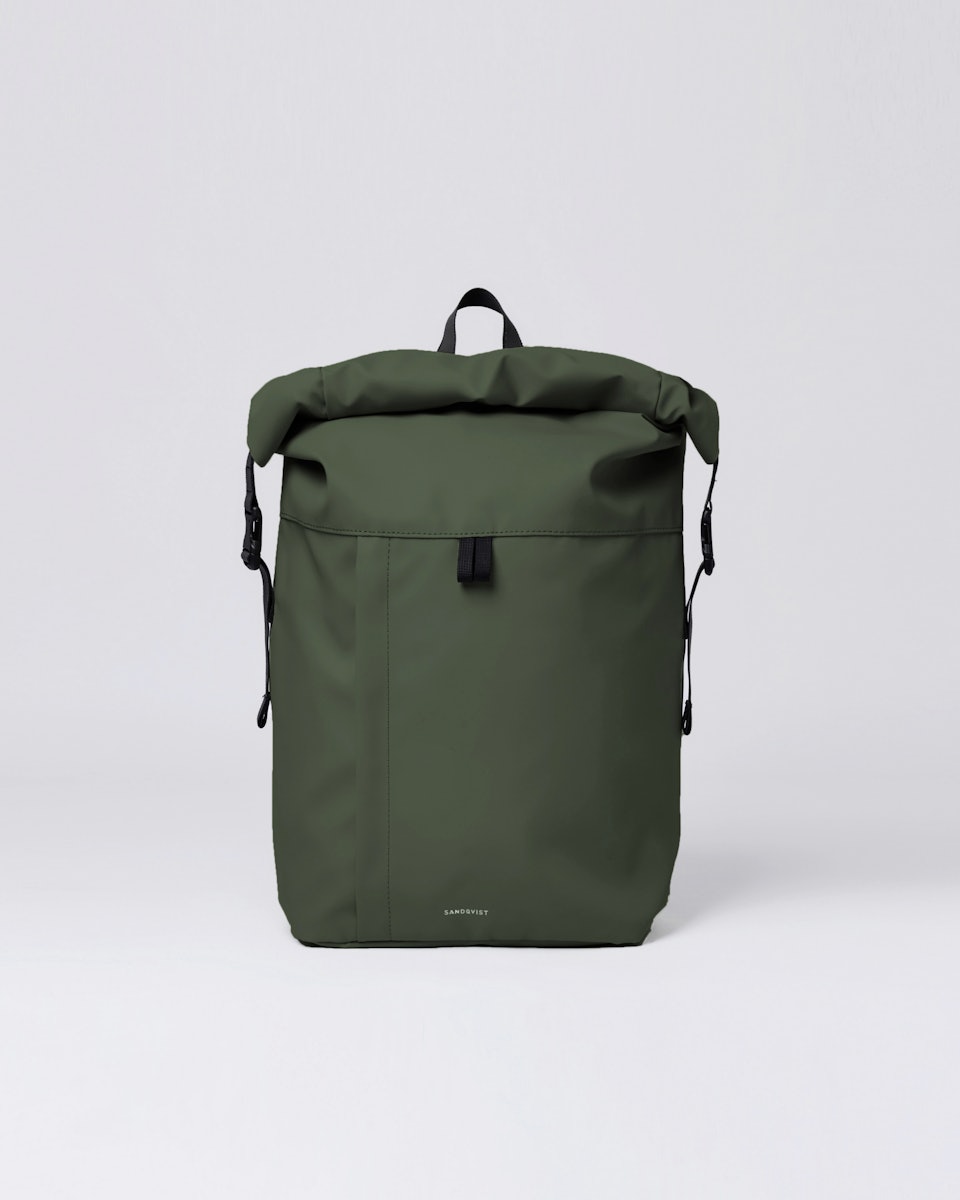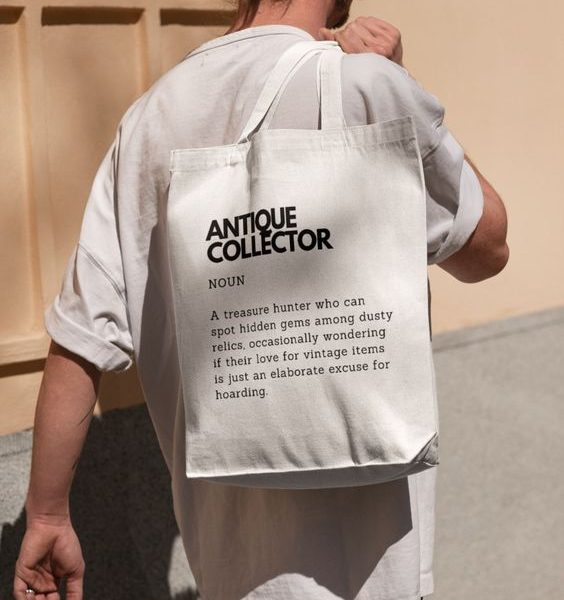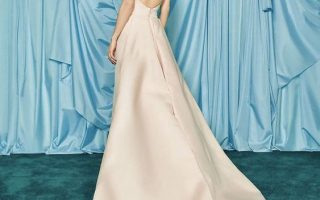Sustainable bags are about more than just appearance. They’re a declaration of your principles, a pledge to reduce your environmental impact, and a celebration of mindful buying. By purchasing a bag made from recycled materials, organic cotton, or sustainably sourced leather, you are protesting the wasteful practices of the fast-fashion industry.
You don’t have to spend a fortune to embrace the sustainable bag trend. There are many inexpensive solutions available from eco-conscious manufacturers and vintage stores. Remember that a well-made, sustainable bag is an investment that will last for many years.
In this blog article, we’ll look at the latest trends in sustainable bags, spotlight some of our favorite eco-friendly businesses, and offer advice on picking the best bag for your needs. We’ll also look at the environmental impact of traditional handbags and the advantages of switching to sustainable materials.
We hope this blog post inspires you to make a deliberate choice when it comes to your next bag purchase, whether you’re a seasoned eco-warrior or just starting to explore the world of sustainable design.
The Growth of Fashionable Eco-Friendly Bags
Eco-friendly bags are becoming increasingly popular, which indicates a larger trend toward sustainable options in the accessory market. Accessory fans are looking for items that not only fit with their ideals but also match their style.
The popularity of environmentally friendly fashion bags reflects a trend toward conscious shopping, in which clothing expresses individuality while also helping the environment.
Beyond the Statement Piece: The Power of Conscious Carrying
Sustainable bags are about more than appearance (though they certainly do that!). They’re a strong statement about your principles, a pledge to reduce your carbon footprint, and a celebration of responsible buying.
You are protesting the fast-fashion industry’s waste tactics and massive carbon footprint by purchasing a bag made from recycled materials, organic cotton, or sustainably sourced leather.
The fashion sector is a known polluter, contributing 10% of world CO2 emissions and 20% of wastewater generation.
Traditional handbags frequently use unsustainable materials such as animal leather, PVC, and synthetic textiles, each with its environmental footprint. Choosing a sustainable bag is a simple but significant step toward a more eco-friendly wardrobe.
The Ascension of Sustainable Materials
The use of sustainable materials is one of the cornerstones of eco-conscious bags. Designers increasingly turn to solutions with a lower environmental impact without sacrificing style. Organic cotton, hemp, and recycled polyester are gaining popularity because they provide durability and a guilt-free option for consumers.
Innovative ideas include using mushroom leather (mycelium) and pineapple leather (Piatex) as cruelty-free alternatives to regular animal leather. These materials reduce reliance on resource-intensive procedures and address ethical issues with animal care.
Fair Labor Practices and Ethical Craftsmanship
Sustainable design is concerned with the complete lifecycle of a product, not just the materials. Ethical craftsmanship and fair labor methods are critical in producing eco-friendly bags. Brands are increasingly emphasizing supply chain transparency, ensuring that all stages of production comply with ethical norms.
Collaborations with craftspeople and local communities help to make the fashion ecosystem more sustainable and inclusive. Eco-friendly bags become more than accessories when they promote fair labor standards; they become a monument to the interconnectivity of style and social responsibility.
5 Eco-Friendly Bags Leading the Design Innovation Charge
Sustainable fashion does not mean compromising style for the sake of the environment. Eco-conscious bag designers are pushing the envelope of creativity, making attractive and functional bags out of recycled materials, novel plant-based fabrics, and even wasted food waste!
Here are five instances of environmentally friendly bags that are changing the industry:
1. Pinatex Pineapple Leather Tote

Pinatex, a new vegan leather from pineapple leaf fibers, makes this sleek tote from Singaporean designer Ananas Anam.
Not only is this natural material lightweight and durable, but it also takes substantially less water and land than typical leather production. The tote’s sleek minimalist form makes it ideal for everyday usage, demonstrating that sustainability can be effortlessly chic.
2. Evoware Mushroom Backpack

Leather, step aside! Evoware’s unique backpack is created from mycelium, the root structure of mushrooms. Mycelium, grown on agricultural waste such as sawdust and husks, is a quickly renewable and biodegradable material with amazing strength and water resistance. The sleek, modern form of the Evoware backpack betrays its surprisingly sustainable beginnings.
3. Freitag Recycled Truck Tarpaulin Messenger Bag
.jpg)
Since 1993, the Swiss brand Freitag has been upcycling unwanted materials into one-of-a-kind bags. Their signature messenger bags are made from repurposed truck tarpaulins, each with its narrative and insignia.
These backpacks’ tough, industrial appearance appeals to a savvy consumer who values functionality and sustainability.
4. Veja Organic Cotton & Recycled Plastic Bottle Tote

Veja, a French footwear brand with an eco-conscious bent, has expanded its focus to bags, creating this fashionable tote from organic cotton and recycled plastic bottles.
Organic cotton provides comfort and breathability, while recycled plastic provides structure and durability. This tote’s simple yet stylish design exemplifies Veja’s commitment to sustainability and classic style.
5. Sandqvist Biopolymer Backpack

Sandqvist, a Swedish firm, is at the forefront of bio-based materials, employing a corn-derived biopolymer in their unique backpacks.
This plant-based alternative to standard polyester provides comparable durability and water resistance while having a much reduced environmental impact. The Sandqvist backpack’s sleek, streamlined form makes it ideal for the eco-conscious wanderer.
Finding Your Perfect Match in the Sustainable Bagsphere
So you’re ready to relinquish the guilt and embrace the tote, but where do you start? At first glance, many sustainable bag options may appear daunting, but worry not eco-conscious fashionistas! Here are some pointers to assist you in navigating the exciting world of environmentally friendly bags:
- Understand your values: What is the most important thing to you? Is it the use of recyclable materials, vegan options, fair-trade methods, or the encouragement of local artisans? Once you’ve determined your priorities, you may filter your search to brands that share your values.
- Consider your lifestyle: Need a tough tote for daily commuting or a chic shoulder bag for evenings out? Choose one that fits your needs and lifestyle to get the most out of your bag.
- Accept diversity: Don’t be frightened to try new things! Sustainability does not imply a loss of inventiveness. There’s a sustainable bag for every personality, from bold designs and brilliant colors to unusual textures and innovative materials.
- Invest in high-quality products: As previously stated, a well-made sustainable bag is a long-term investment. Look for companies that employ long-lasting materials, provide repair services, and stand behind their products.
Beyond Bags: One Tote at a Time, Creating a Sustainable Wardrobe
Of course, eco-friendly bags are only one piece of the puzzle. Building an eco-conscious wardrobe necessitates a mental adjustment, but it’s a rewarding journey of discovery and fulfillment. Here are some more pointers on how to embrace sustainable fashion:
- Embrace minimalism: Embrace simplicity by investing in timeless things that never go out of style. This lowers the need for regular purchases while also extending the life of your clothing.
- Buy secondhand: Vintage shops and online marketplaces like ThredUp are treasure troves for one-of-a-kind treasures and pre-loved gems. Give an old item new life while reducing your environmental effect.
- Support ethical brands: Conduct research and select brands that value fair labor practices, sustainable materials, and ethical production processes.
- Clothing maintenance: Proper care increases the life of your clothes. Gentle washes and repairs can keep your garments looking their best for years.
Bottom Line
We can collectively make a difference by making conscious decisions regarding the baggage we carry and the clothes we wear. Let us confidently enter the realm of sustainable fashion, knowing that we will look and feel good while doing good for the earth. Remember that progress, not perfection, is the goal. Every environmentally conscious individual



